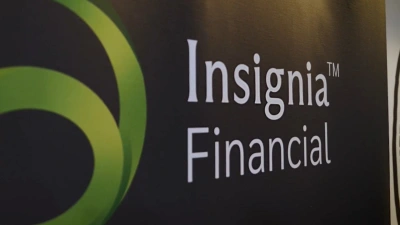Stage Two tax cuts brought forward


The Government has moved, as expected, to bring forward by two years Stage two of its Personal Income Tax Plan by two years.
The Treasurer, Josh Frydenberg announced that from 1 July, 2020, the low income tax offset will increase from $445 to $700; the top threshold of the 19% tax bracket will increase from $37,000 to $45,000; and the top threshold of the 32.5 per cent tax bracket will increase from $90,000 to $120,000.
He said the Government would also provide additional targeted support to low- and middle-income Australians with low-and middle-income earners receiving a one-off additional benefit of up to $1,080 from the low and middle income tax offset (LMITO).
The Treasurer said the LMITO was to be removed with the commencement of Stage Two, but the one-off additional benefit in 2020-21 will provide support to households and stimulus to the economy.
“Together, bringing forward Stage Two and providing the additional LMITO means more than 11 million Australian taxpayers will get a tax cut, with effect from 1 July this year, providing them with more money to spend on what matters to them,” he said.
“As they spend their tax cuts this will help local businesses to keep their doors open and hire more staff.”
The Treasurer’s announcement said that more than seven million individuals were expected to receive tax relief of $2000 or more for the 2020-21 income year compared with 2017-18 tax settings. Low and middle income tax payers will receive relief of up to $2,745 for singles and $5,490 for dual income families.
Recommended for you
Insignia Financial has experienced total quarterly net outflows of $1.8 billion as a result of client rebalancing, while its multi-asset flows halved from the prior quarter.
Prime Financial is looking to shed its “sleeping giant” reputation with larger M&A transactions going forward, having agreed to acquire research firm Lincoln Indicators.
An affiliate of Pinnacle Investment Management has expanded its reach with a London office as the fund manager seeks to grow its overseas distribution into the UK and Europe.
With cyber security at AFSLs identified as an ASIC enforcement priority, a technology recruiter has shared what these specialists are expecting to earn in the financial services sector.














